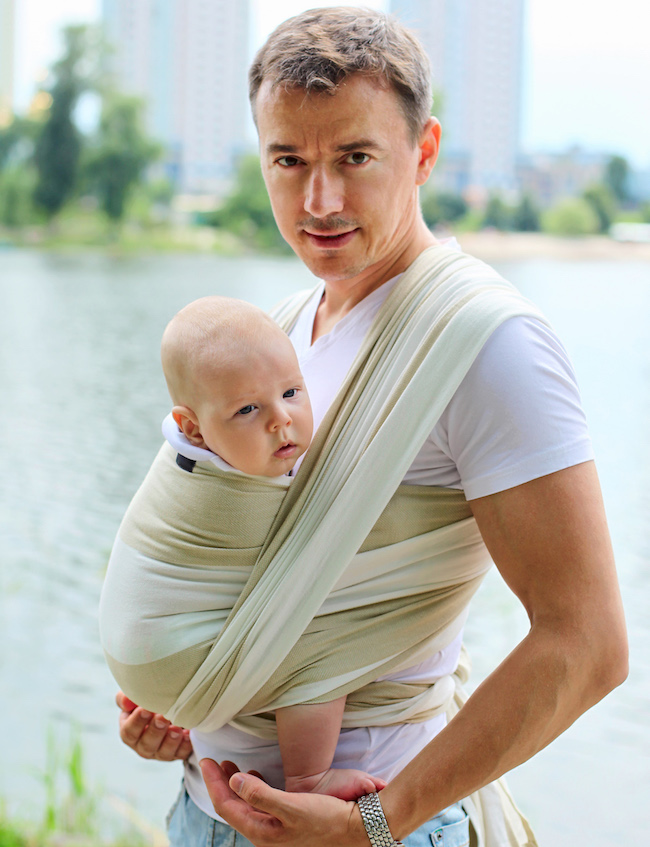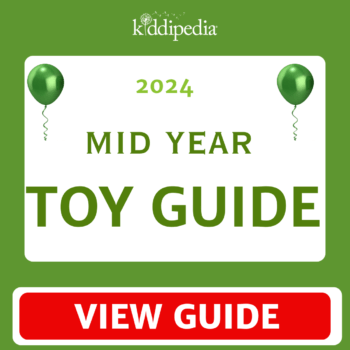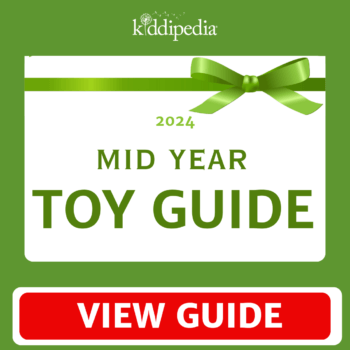The game of peek- a -boo is an exchange that has been played and loved by almost every parent and child. While it is fun and interactive, it is also a great game to play to build turn taking skills, communication skills and object permanence.
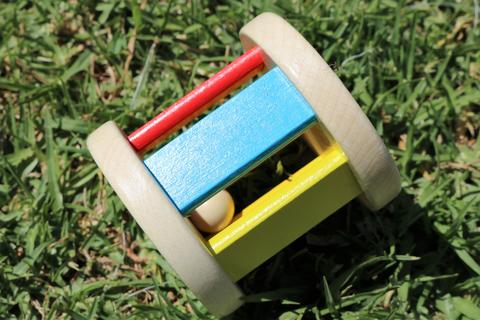
Object permanence is knowing that an object still exists even though it may not be seen. Studies show that object permanence plays a vital role in cognitive development from birth until 2 years of age.
Object permanence develops along with visual and motor dexterity and requires the child to form a mental representation of the object in their mind then make a decision based on the image to reach full object permanence.
- 0-4 Months
With limited vision, newborn babies are not aware of the presence of objects. They are aware of what they see at each moment, with no memory of it once it is out of sight. Between 3 and 4 months with refined vision and more control over previously reflexive movements, they will then begin to follow objects and express joy when seeing them however, once they are removed, they won’t be missed as to them the object simply does not exist.

- 4-8 Months
During this age, our babies are gaining more control over their bodies and their vision is improving. They will start reaching and grasping for objects that they can see and also those that are partially hidden. If the toy is completely covered, the child will make no attempt to recover it. This is exciting for parents as we can actually watch our child beginning to understand object permanence!
- 8-12 Months
Typically during this stage your child would have developed the ability to recognise that an object will continue to exist even though they cannot see it. Even if a toy is completely hidden under a blanket, the child will look for it the last place they saw it.
Parents will often notice their child will get anxious when they venture into another room or go out of the child’s view. The child recognises that their parents still exist even though they are out of sight and therefore get upset. Talking to your child when going into another room and games of peek-a-boo will help them find comfort in knowing that you are not far away and will return to them shortly.
- 12-18 Months
After lots of practise, your child should be able to easily recover an object that has been hidden where they saw it last. At 18 months a child should be able to find an object that has been hidden, reclaimed and then re-hidden in a different spot. The child will remember common locations for the object and be able to adjust their search to locate it!
Full object permanence is typically reached around 18 months of age. A child is able to envision an object in their mind from memory, recognise that it does exist outside their physical perceptions and that it could possibly be in numerous locations when missing.
The way our children build their knowledge is through experience and perception of their environments. The first few years are paramount for developing skills such as memory, imagining, creativity, deductive reasoning and planning. All these skills stem from object permanence.
Engage your child in play to encourage your child to develop and reach this essential milestone!
Our crocodile rattle with its soothing click, clack of this playful characters feet are a gentle stimulation for your child. Why not place him within reach during tummy time to encourage your baby to try and grasp him? A light blanket can be used to conceal part of the toy to encourage object permanence!
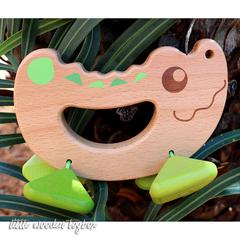
Hide the mini rolling coaster mazes colourful beads behind the body of the animal to encourage your child to search for them. This beautifully finished toy is also great for developing cause and effect and fine motor skills!
You might also like to read:
50 fun and easy things to do with your kids at home
How to Get Your Kids Outside & Active



